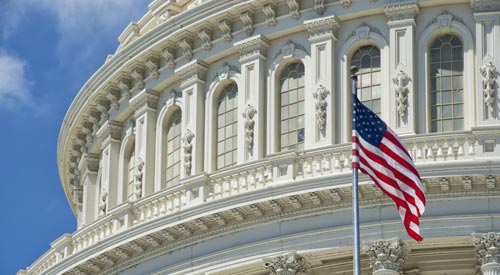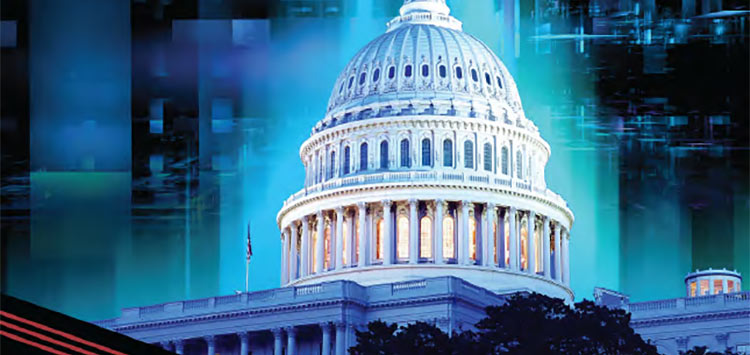A tale of three cities
American City and County: Smart parking, which uses technology to make the most of existing parking resources, has created unprecedented opportunities for municipalities to better access mobility options, increase revenue, facilitate enforcement, meet sustainability goals and make the parking experience more efficient and customer-friendly. Three cities, in particular, stand out for their utilization of these solutions in innovative ways: Seattle: A Data-driven Approach Maximizes Limited Space Seattle has experienced unprecedented population growth during the past several years. Nearly 685,000 people share the narrow isthmus between Puget Sound and Lake Washington – reaching 2 million in the Greater Puget Sound area. This sudden growth has given rise to a myriad of parking and transportation issues, to which the city has applied forward-thinking, technology-centric solutions. “We’ve taken a data-driven approach to how we manage curb space and public right-of-way,” says Mike Estey, manager of parking programs for the Seattle Department of Transportation (SDOT). Estey is also a member of the Smart Cities Collaborative, whose 16 city members work collectively to create policies, pilot emerging technology and share insights on how to tackle urban mobility challenges. Seattle allows customers to pay at multi-space pay stations by credit card or by phone which not only makes it easier for the user but allows the city to gather data about peak-parking conditions and adjust hourly rates and/or time limits by neighborhood. This ensures a balanced, 70 to 85 percent occupancy and continuous space availability on each city block.
Tags
Share
Top Stories
- Future-proofing smart cities with open standards
- 5 States Challenged the Federal Contractor Wage Increase and Lost
- States should follow feds in Chinese tech bans
- A new initiative seeks to help small cities access infrastructure funding
- Governments view open source as critical for enhancing digital services, experts say
- More States Move to Ban TikTok from Government Devices
- Cyber, digital services, workforce primary focus for state CIOs in 2023
- Virginia has a data center problem
- Efficient public safety demands evolving tech
- Digitized services drive citizen satisfaction
- State chief information officers are handling much more than just tech
- States target mainframes in legacy system modernization
- How one city’s IT team keeps up with rapid growth
- How one agency’s cloud migration smoothed the path for others
- NASCIO: States must ‘hyper-focus’ on IT modernization
- Louisiana Becomes First State to Receive Internet for All Grants
i360Gov Newsletters
The most significant government policy, business, and technology news and analysis delivered to your inbox.
Subscribe NowTrending
- Mayor launches IT modernization to boost services delivery
- Local government on the edge: The future of IT infrastructure
- Digitized services drive citizen satisfaction
- Why cities and towns see a huge economic opportunity in the semiconductor bill
- New York state pumps the brakes on crypto mining
- The best offense is a strong defense: Improve cloud security with visibility and zero trust segmentation
- How state and local leaders can use data to ensure broadband access for all
- Over $105 Million Going to Better Internet for Native American Communities


















